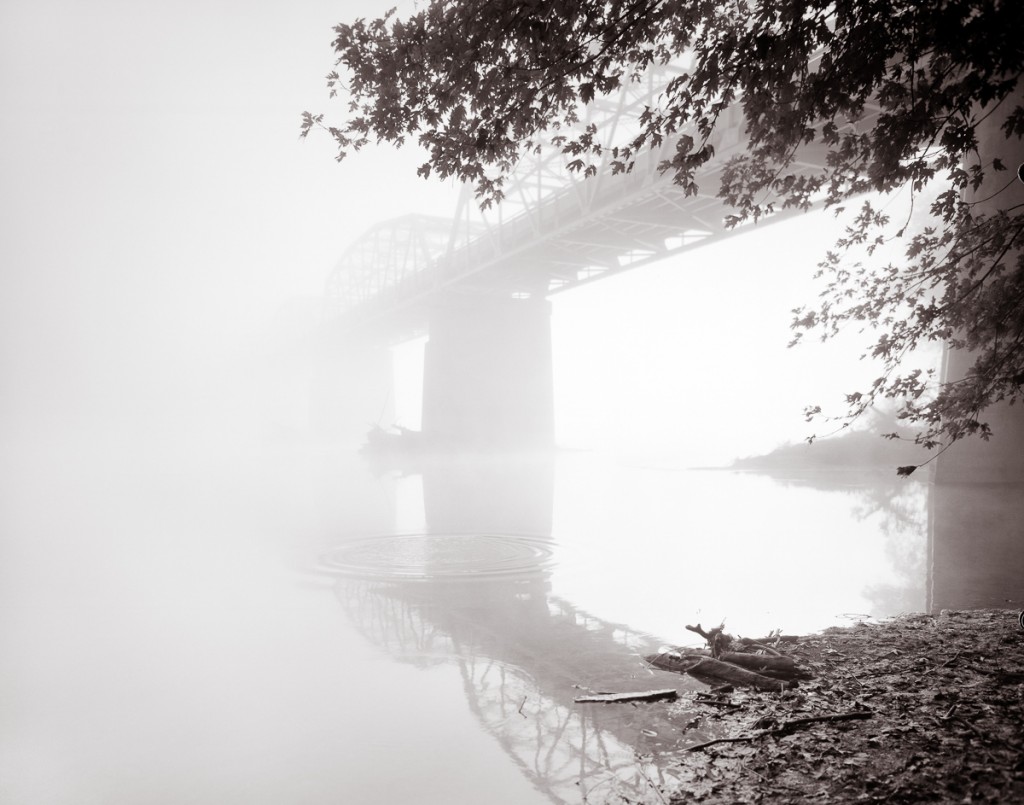
I want to share something that you may take for granted, or perhaps never even thought about, and that is “..where do art titles come from?”
As art lovers, we’re accustomed to seeing titles on artworks. Titles are a convenient way to refer to a particular painting or photograph. So instead of saying “that photograph by Gurski of the Rhine River that someone bought for $4,200,000” we simply know it as “Rhine II.”
Photography lends itself very well to titling of images using nominal or geographic descriptors. That’s the tradition of photography. Whether it’s Weston’s “Pepper” series or any number of Ansel Adams’ titles (“Half Dome,” “Snake River”), or even Gurski’s “Rhine II.” The title of the image often reveals the name of the subject itself, no question about it, just call it what it is.
I find such an objective approach to titling photographs a bit lacking. When I stand before a scene in the field, I try to think about the concept I want to communicate, the story the scene is telling me. It is this story that I want the title to describe and not so much the physical entity in the picture. The title I give to a finished photograph often reflects the story that struck me at the time of capture. In fact, I often write the “working title” on the field log I keep for every picture I take.
For me, it’s important to title my photographs this way. It helps me recall how I felt when I discovered the scene, and it helps me know how I want to interpret the picture to extend and clarify that feeling.
“Bridge to NoWhere” is a good example. This historic bridge over the Potomac River completely disappeared into the heavy fog on this particular morning. The far end of the bridge and the far river bank had completely lost all identity, at least in this story. In reality, I knew where the bridge went, but a title such as “Point of Rocks Bridge over the Potomac River” wouldn’t have communicated the mysterious nature of events that I saw when under the darkcloth.
Every artist has their own way of titling their artworks, and none of them are wrong. I have to admit, though, that when I see a piece of art titled “Untitled,” …well, I just don’t get that. Regardless, whatever the artist has named a particular scene, don’t let it keep you from dreaming up your own story. It’s your fantasy, so write it however you want!


